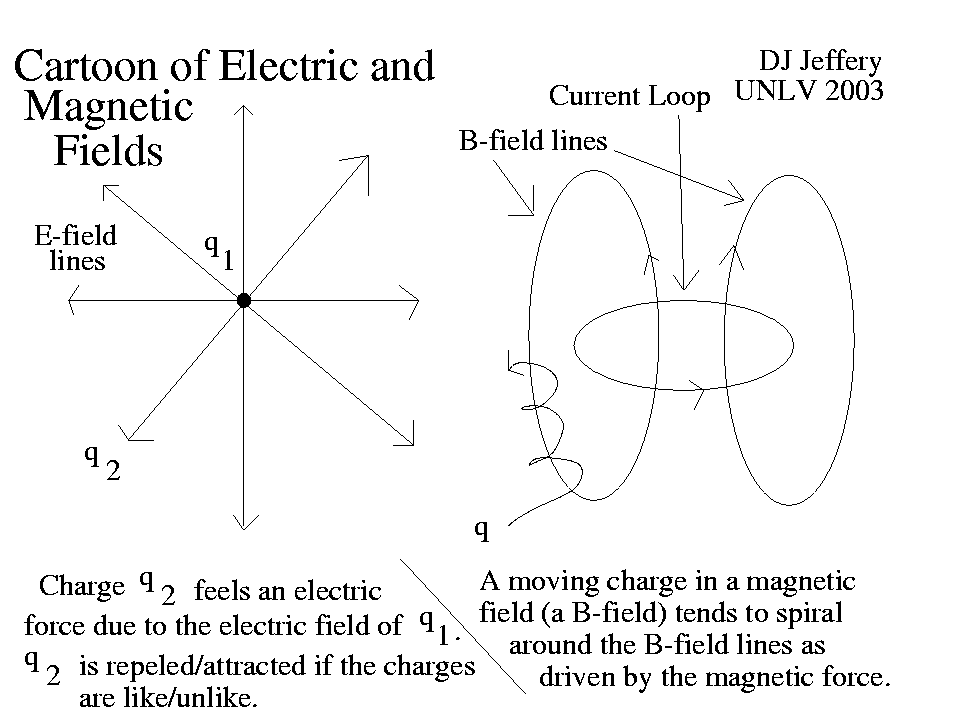
Image 1 Caption: A cartoon of an electric field and a magnetic field visualized by field lines.
Features:
- On the left,
a cross section
the electric field lines
from a point charge
to infinity.
Only a representative set can be shown since actually they form a
continuum.
- On the right,
2 representative
magnetic field lines
generated by an
electric current loop.
There are actually a continuum
of them extending throughout space exhibiting
toroidal symmetry.
The magnetic field pattern is a common one and is called dipole magnetic field. The electric current loop is, in fact, dipole magnet: i.e., a magnet with a north pole and a south pole.
The direction of the magnetic poles is determined by a right-hand rule: curl the fingers of the right hand in the direction of electric current around the electric current loop and the right hand thumb points in the direction of the north pole.
- A key point is that
charged particles
will tend to helix
along
magnetic field lines
if acted on only by the magnetic force.
The helixing is often present in astrophysical systems: e.g., aurora, the solar corona, solar prominences, Van Allen radiation belts (AKA Van Allen belts), etc.
- A bar magnet
is another example of
a dipole magnet.
Bar magnets
can be used to demonstrate
dipole magnetic fields.
See the image below.

- Image 2 Caption: "The dipole magnetic field of a bar magnet revealed by iron filings on paper. A sheet of paper is laid on top of a bar magnet and iron filings are sprinkled on it. The needle shaped iron filings align with their long axes parallel to the magnetic field. They clump together in long strings, showing the direction of the magnetic field lines at each point." (Slightly edited.)
Note the alignment is actually a two-stage process: see Wikipedia: Field line: Physical significance.
- Image 2 Caption: "The dipole magnetic field of a bar magnet revealed by iron filings on paper. A sheet of paper is laid on top of a bar magnet and iron filings are sprinkled on it. The needle shaped iron filings align with their long axes parallel to the magnetic field. They clump together in long strings, showing the direction of the magnetic field lines at each point." (Slightly edited.)
-
Images:
- Credit/Permission: ©
David Jeffery,
2003 / Own work.
Image link: Itself.
- Credit/Permission: Henry Newton Black (fl. 1913),
1913
(uploaded to Wikimedia Commons
by User:っ,
2005) /
Public domain.
Image link: Wikimedia Commons: File:Magnet0873.png.
File: Electromagnetism file: em_field_lines.html.